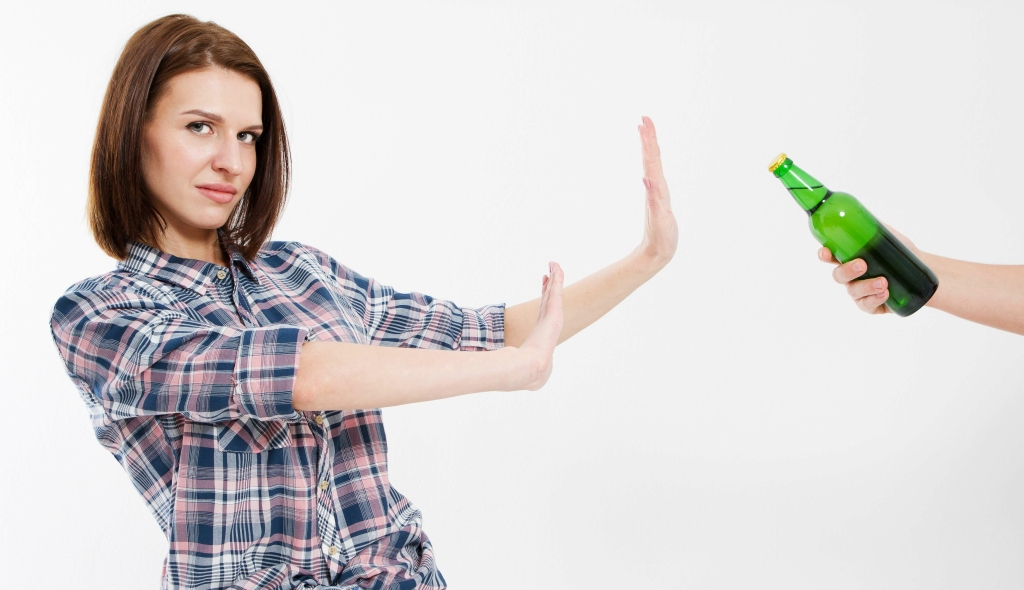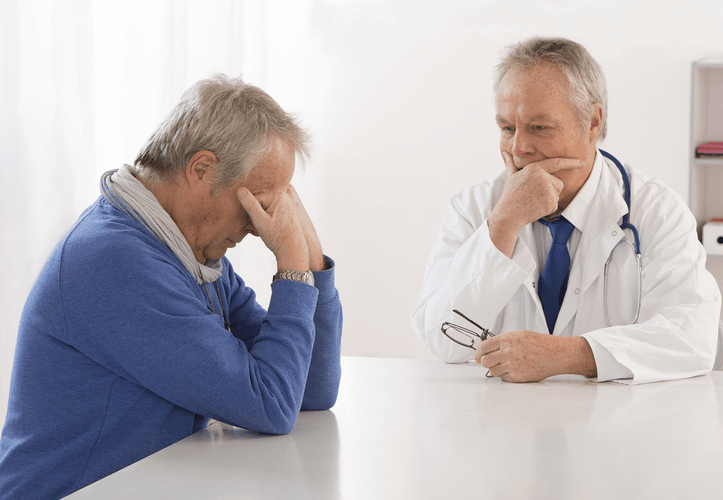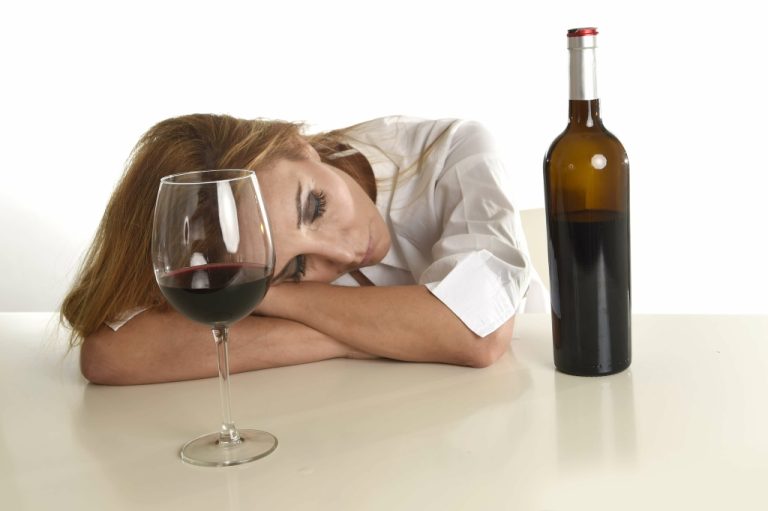“Lightheaded, dizzy, no sleep, pale, weak, and it feels like electric shocks shoot through my body every so often. Crazy anxiety.” “The more time that goes by, the clearer the picture becomes. I see my triggers, and I work through them. I’m always thirsty and drink a lot of water. I’m still not sleeping through the night.” “The third day sober feels like I’m in a big black hole and under great pressure—hard to breathe, future feels bleak, lost an old trusted friend in alcohol, can’t find an alternative.” “The physical symptoms aren’t so bad, but my mind seems to be trying to figure out how I can have just one drink. I have plans to get some yard work done, so that will keep me busy.”

How do I relieve symptoms of alcohol withdrawal?

Your doctor’s treatment goal is helping you stop drinking as quickly and safely as possible. A high fever, hallucinations, and heart disturbances are all reasons to seek immediate help. The likelihood of developing alcohol withdrawal increases with the amount and frequency of your alcohol intake. When you stop drinking, after doing so heavily for a long time, the depressant on your central nervous system stops, causing your nervous system to become overexcited. Your body may get overloaded because it has no alcohol to counteract your now perpetually excited nervous system.
Tips for success in alcohol recovery

While the process may take several years, the outcome is a happier, healthier life where you have the freedom to fulfill your full potential. Since withdrawal symptoms tend to ebb and flow, you may be tempted to feel like you’re not making progress ― even though in reality, you’ve come a long way. While the abstinence stage of withdrawal causes mostly physical symptoms, post-acute withdrawal is very psychological and emotional. Although many people are tempted to make other major life changes during this stage of recovery, such as changing jobs, experts recommend focusing energy on stopping drinking for at least the first year.
Varied Substance Use Disorder Treatment Options
Consequently, these agents should be used only in combination with benzodiazepines. In general, the use of beta-blockers for treating withdrawal should be considered primarily for patients with coexisting coronary artery disease. Antipsychotic medications such as haloperidol can treat hallucinations and agitation that https://www.bez-granic.ru/main/lichnostivistorii.html?start=100 are unresponsive to adequate doses of benzodiazepines. Because antipsychotic medications can increase the risk of seizures, however, these agents should be used only in combination with benzodiazepines. Despite the variability in the type and severity of symptoms that a person can experience, the clinical syndrome of AW has been well defined.

The following is a general timeline that’s meant to guide you in navigating what you https://gigabars.ru/gb17719.html might expect when you quit alcohol. For information that’s specific to your situation, talk to your doctor. If someone’s alcohol addiction is severe, the excitability that this imbalance in neurotransmitters causes can lead to more serious symptoms, like tremors, hallucinations, and even seizures. Alcohol is normalized in our society, but it’s actually a drug that has incredibly harmful effects on our health. Instead of being digested like regular food or drinks, alcohol is quickly absorbed into the bloodstream, which is why it makes us feel so uninhibited when we drink it.
What Is Vivitrol & How Can It Help With Recovery?
- During this period, you can expect to develop new skills you may have never learned that made you more susceptible to AUD in the first place.
- Other studies should address the clinical significance of kindling and the risk factors for more severe withdrawal (Fiellin et al. 1998).
- Medical detox ensures safety and reduces the discomfort of withdrawal, preparing the individual for further treatment, including therapy and support groups.
If physical symptoms continue after 11 days of abstinence, seek medical attention. Those persistent symptoms might have some other cause than alcohol withdrawal. For the vast majority of people, the physical symptoms of alcohol withdrawal have passed by day seven. Those who experience the most severe withdrawal symptoms, such as hallucinations and seizures, don’t begin to have those symptoms until days four or five. Going into the second day of abstinence from alcohol, people typically report a wide variety of experiences.
Benzodiazepines carry a Food and Drug Administration boxed warning because there is a risk of dependence. If you’re prescribed a medication from this class of drugs talk with your doctor about the risks before taking them and always follow the doctor’s instructions. Some people can be treated at home, but others may need supervised care in a hospital setting to avoid potentially dangerous complications such as seizures. The most severe symptoms tend to disappear within days, whereas less intense ones may last longer. The main goal of treatment is to minimize your symptoms and prevent more severe ones like seizures or delirium, which could be fatal in some cases. The medical professional who evaluated your AWS symptoms may suggest daily follow-ups via telephone or video chat to check on your symptoms and progress.
Preventing alcohol withdrawal delirium
Alcohol withdrawal syndrome is a set of symptoms that occur when someone who is physically dependent upon alcohol suddenly stops drinking or drastically reduces their alcohol intake. Behavioral treatment programs are helpful for people who want to quit drinking. These programs involve working with a team of mental health professionals in a group and individual setting. Severe and complicated alcohol http://fashionhome.ru/news/news/news/news/news/news/news/news/news/news/news/news/news/news/news/news/news/news/news/news/news/news/news/news/news/news/news/news/news/news/news/news/news/news/page-1.html withdrawal requires treatment in a hospital — sometimes in the ICU.

Recent Comments